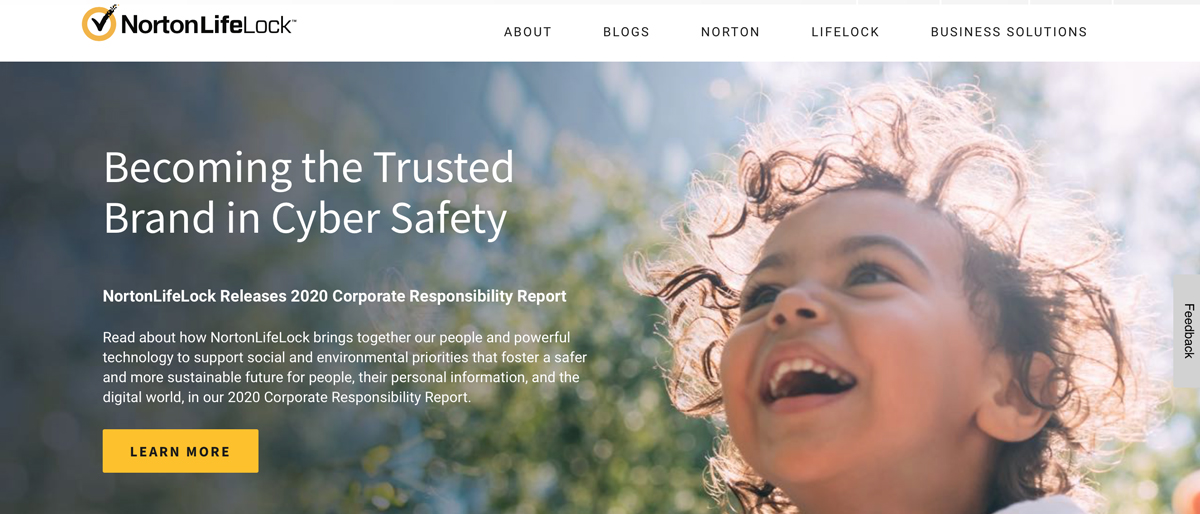Learn how to spot the warning signs and safeguard yourself from identity theft
Taking a few steps to protect your identity can result in significant benefits.

Identity theft can take different forms, some of which are more noticeable than others. For example, if you e-file your tax return and it gets rejected, it could be a sign that someone else has already filed a fraudulent return on your behalf, and has potentially stolen your tax refund. However, there are other types of identity theft that are not as obvious and can go unnoticed for a long time.
Criminals can use parts of your personal information, such as your Social Security number, to commit various types of fraud, including opening credit cards, bank accounts, loans, and making online purchases in your name. Identity theft is a growing problem, but there are steps you can take to protect yourself. In addition to signing up for an identity theft protection package, there are other measures you can take to minimize the risk.
DO visible checks
It is advisable to begin monitoring for any visible indicators of identity theft by examining your bank statements and other financial records. With the advent of the digital era, it is now easier than ever to scrutinize transactions at your convenience. If you notice any unusual transactions on your account summary, or if your checks start bouncing, it may indicate that your identity has been compromised.

Credit cards
The same goes for credit card statements, which should also be checked regularly to ensure that everything on your paperwork is as it should be. Even if you spot small amounts that don't make sense,, this could indicate that criminals have your details and could be testing the waters to see if they can get away with higher levels of fraud unnoticed.
Social Security
Your Social Security number is highly valuable to criminals. They can use it to file fraudulent tax returns and claim your tax refund. Additionally, they can apply for credit cards in your name. To avoid this, keep your Social Security card secure and your number a closely guarded secret. Only provide your Social Security number to someone if they can prove their identity and explain why they need to see it.

Mail mystery
It’s essential to be vigilant and look anoeyeiout gns of fraudulent activity, such as not receiving items of post that you would typically expect. This could be a red flag that criminals have obtained some of your personal information and have changed your mailing address without your knowledge.
It’s also essential to avoid leaving mail lying around for extended periods of time, as fraudsters can use this as an opportunity to intercept your mail and gain access to sensitive information. Taking simple precautions like collecting your mail promptly and shredding any documents containing personal information can go a long way in protecting yourself from identity theft.
Sign up to the TechRadar Pro newsletter to get all the top news, opinion, features and guidance your business needs to succeed!
Credit reports
Regular checks of your credit reports are a good idea, especially if you begin receiving phone calls from debt collectors. If someone contacts you about an unpaid bill that they say you have run up, and it makes no sense to you, this could be another alarm bell moment. Fraudsters may have stolen your ID and racked up bills or debts without your knowledge. Contact the three major credit agencies: Equifax, Experian, and TransUnion - doing this should be your next call.

Medical issues
Alarmingly, fraudsters can also use a stolen identity to accumulate medical bills. If they have managed to get your details, they may be making claims for medical services or treatments. This can also cause problems further down the line because they may get their fraudulent information mixed up with your genuine health records, which might be an issue for you if you need treatment later. Healthcare providers and health insurance companies should be notified immediately if they discover anything suspicious.
Cellphone issues
Fraudsters aren't just after bank account details and Social Security number either. In fact, there is an array of ways they can go after an individual’s personal identity, and the omnipresent cellphone is an easy target. We all know how easy it is to misplace or lose a cellphone, and if this happens to you be sure to close off any routes to your ID that may be on it. Fraudsters can not only use your phone account for criminal activities but our phones often have more than enough information contained on them to allow criminals to do even more damage to your personal identity.
Arrested development
It is possible for criminals who steal your personal identity information to use your name and Social Security number when they're questioned by the police. This could result in an arrest warrant being issued in your name. While criminal identity theft isn't very common, it can occur. If it happens to you, you may need to contact the relevant law enforcement agencies to prove that you're not the criminal they're after.

Theft prevention
While it’s impossible to eradicate all risk elements when it comes to identity theft, just taking a few common steps to reduce the threat makes a lot of sense. For example, investing in an identity theft protection package like Norton LifeLock is a step in the right direction. This lets you keep tabs on your credit reports while offering a comprehensive range of additional tools designed to reduce the threat of ID theft.
Taking time out to pick through your bank statements and credit card paperwork could pay dividends, especially if you spot any warning signs reasonably early on. Repairing damage caused by identity theft can be stressful and time-consuming, so prevention is better than cure.
- Check out our roundup of the best identity theft protection
More from TechRadar Pro
- Check out the best identity theft protection
- The best tax software around today
- Take a look at the best accounting software
Rob Clymo has been a tech journalist for more years than he can actually remember, having started out in the wacky world of print magazines before discovering the power of the internet. Since he's been all-digital he has run the Innovation channel during a few years at Microsoft as well as turning out regular news, reviews, features and other content for the likes of TechRadar, TechRadar Pro, Tom's Guide, Fit&Well, Gizmodo, Shortlist, Automotive Interiors World, Automotive Testing Technology International, Future of Transportation and Electric & Hybrid Vehicle Technology International. In the rare moments he's not working he's usually out and about on one of numerous e-bikes in his collection.
